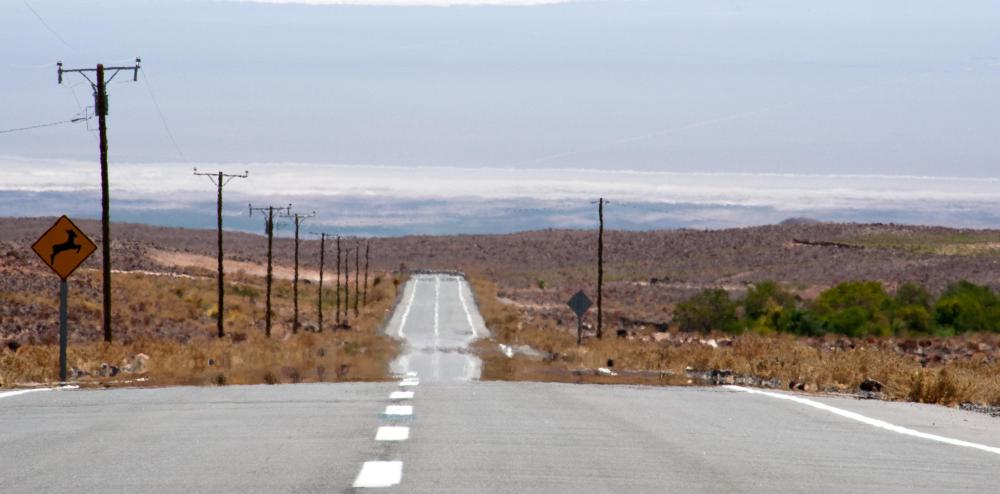At EasyTechJunkie, we're committed to delivering accurate, trustworthy information. Our expert-authored content is rigorously fact-checked and sourced from credible authorities. Discover how we uphold the highest standards in providing you with reliable knowledge.
What Is a CB Transceiver?
A Citizen's Band (CB) radio or CB transceiver is a two-way communications device that is operated by individuals on approved frequencies in various nations. The technology originated in the United States in 1945 when the Federal Communications Commission (FCC) officially approved a band of frequencies for CB transmissions. By the 1960s, the CB had become a popular addition to the equipment of most long distance truckers who transported goods across the nation, and was also spreading to other businesses and countries.
Originally, the frequencies allotted to CB transceiver equipment were the 460- to 470-megahertz UFH band, but this was changed to the 27-megahertz, 11-meter band in the 1970s in the US, and similar frequency ranges are used in other nations. Using a CB radio in most cases does not require a broadcasting license. It is open to personal or business use and is based on a simplex system, where a unit can transmit only when no one else is, and cannot transmit and receive signals at the same time. The European Union in general, Canada, and the UK all have similar systems. Asian nations such as Indonesia and Malaysia also have them, and Australia adopted the same US 40-channel 27-megahertz band in 1980.

Societal changes in the United States in the early 1970s propelled the purpose of a CB transceiver to greater heights, when an Arab oil embargo from October 1973 to March 1974 made fuel supplies expensive and scarce in the US. This led to a an increased level of CB transceiver air traffic among truckers and other small businesses that relied on fuel to survive. They shared the location of open fuel stations, as well as speed traps by law enforcement, as a reduced speed limit on federal highways in 1973 also went into effect to promote conservation. Trucking businesses, which are responsible for most of the movement of goods throughout the United States, are dependent on rapid transit and readily available fuel to make a profit.

Types of transceivers had become more portable by the late 1960s and early 1970s, as advances in solid state electronics meant that they could be installed in automobiles, on motorcycles, and more. Advances in technology in recent years have also reduced the use of the CB transceiver, as it is replaced by more convenient methods of communication, such as cellular phones and free wireless Internet services. The simplex design of the CB transceiver does not work well when there is heavy traffic on a frequency, as only one person can talk at a time. This has led to a decline in using a CB transceiver, though most over-the-road truckers still have active units installed in their cabs for emergencies.
AS FEATURED ON:
AS FEATURED ON:













Discussion Comments
I actually had a CB base station and a huge CB antenna in my backyard when that stuff was popular. I tried to use CB frequencies that weren't so popular, because anyone could listen in on my conversations. I tried to use some of that CB talk, but truckers kept changing it around because the police were monitoring the channels. If they suspected the truckers were trying to form an illegal convoy or avoid speed checks, they would start pulling people over.
I had a CB transceiver in my car for a long time, mostly so I could contact emergency services if my car ever broke down on the highway. I haven't used it in years, but I'm sure someone would still be listening for breaks if I ever had to use it again.
When I was a kid growing up in the mid-70s, I really wanted my own CB transceiver. My uncle had a hand held CB, and he would talk to a lot of truckers who came through his city. He was really fluent in CB talk, too, and I thought that was the coolest thing ever. I couldn't wait to get on the air and say everything I heard in the song "Convoy".
When my big chance came, however, I really blew it. My uncle handed me the microphone and I squeaked out "Breaker One Nine for a 10-36", which I thought meant a time check. The next thing I knew, there were three or four angry truckers on the air complaining about a "lady breaker" who wanted to know what time it was. They all told me to buy a watch and stay off the channel.
Post your comments